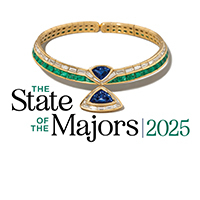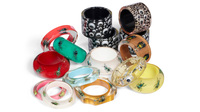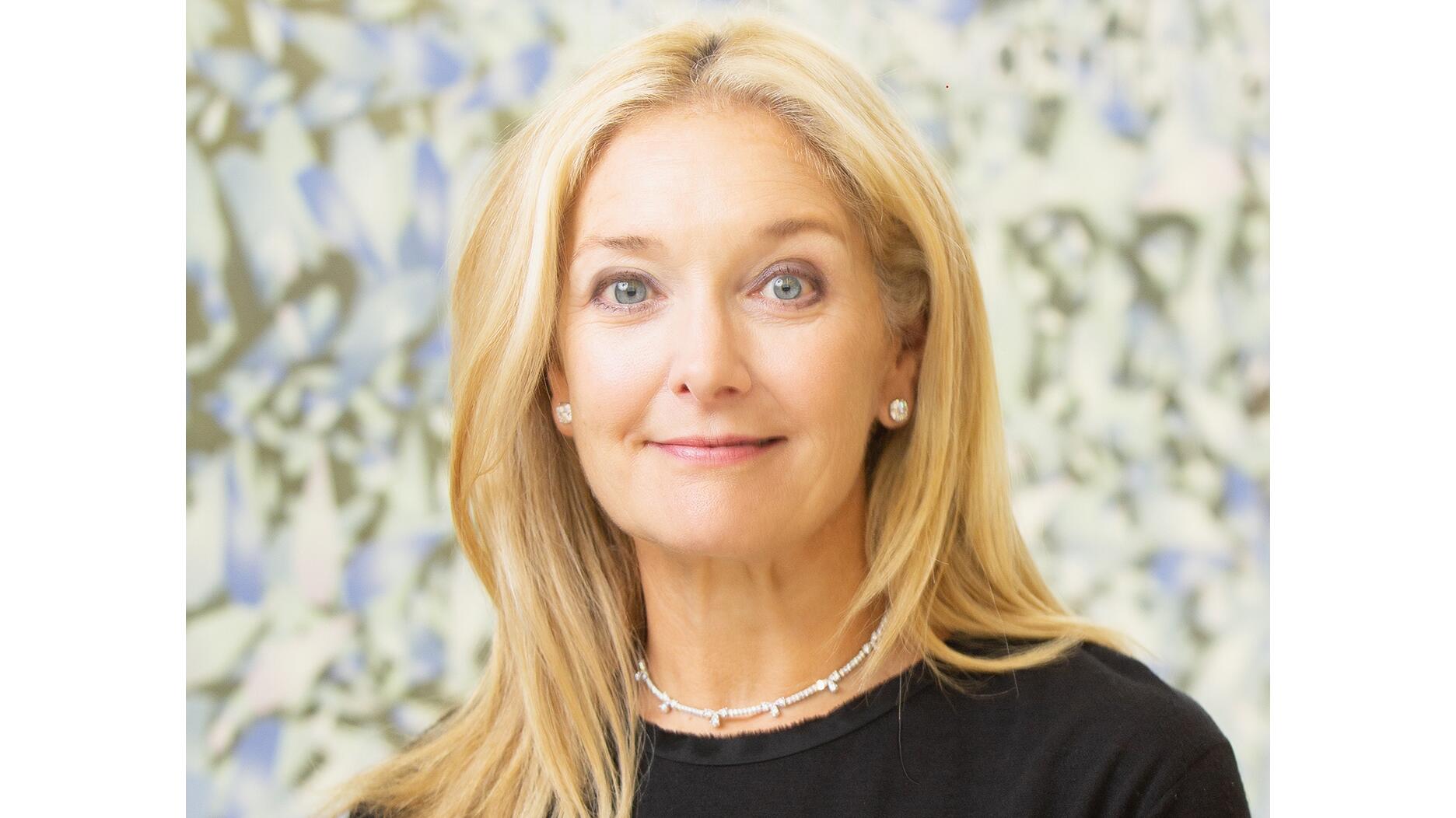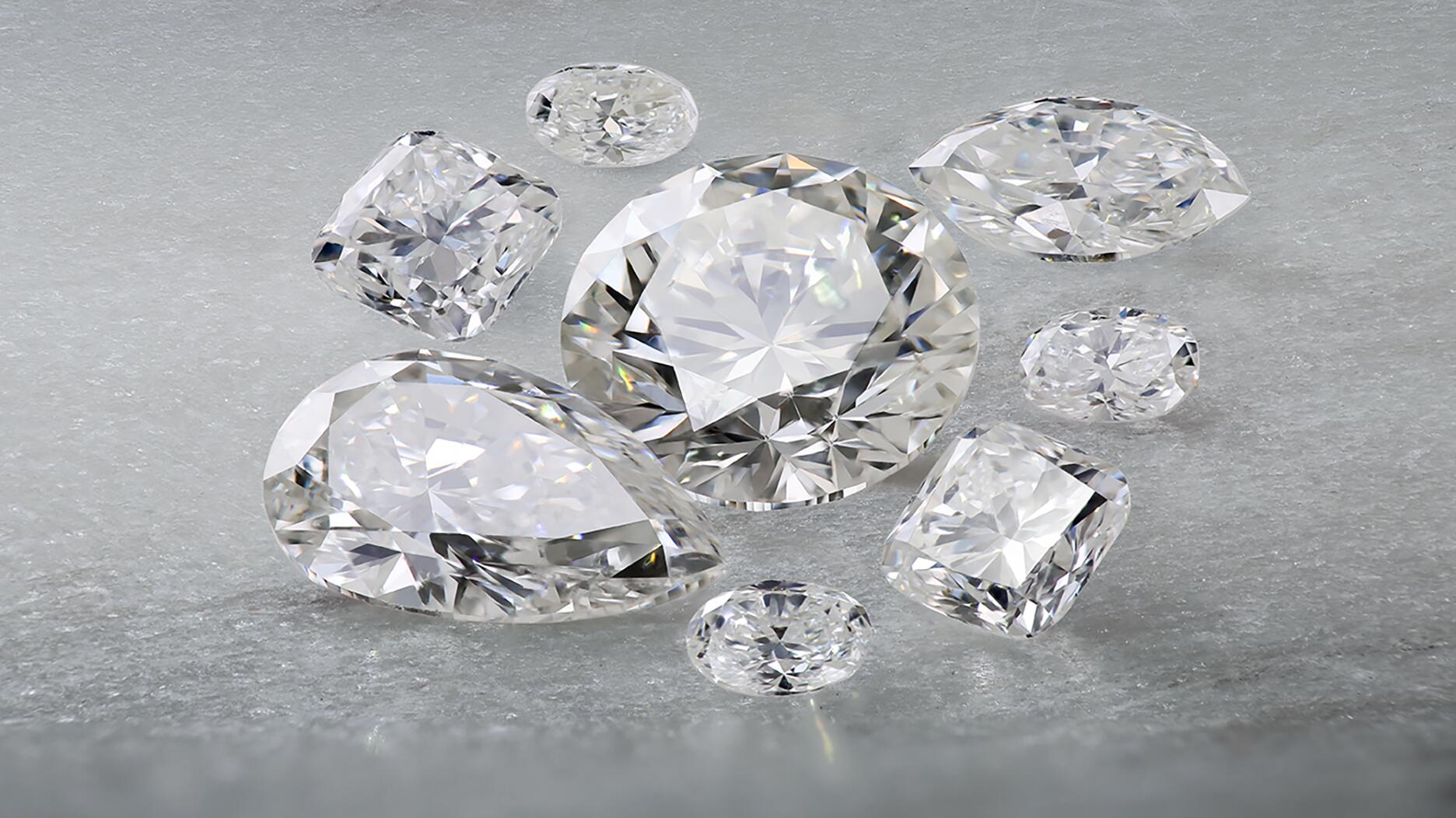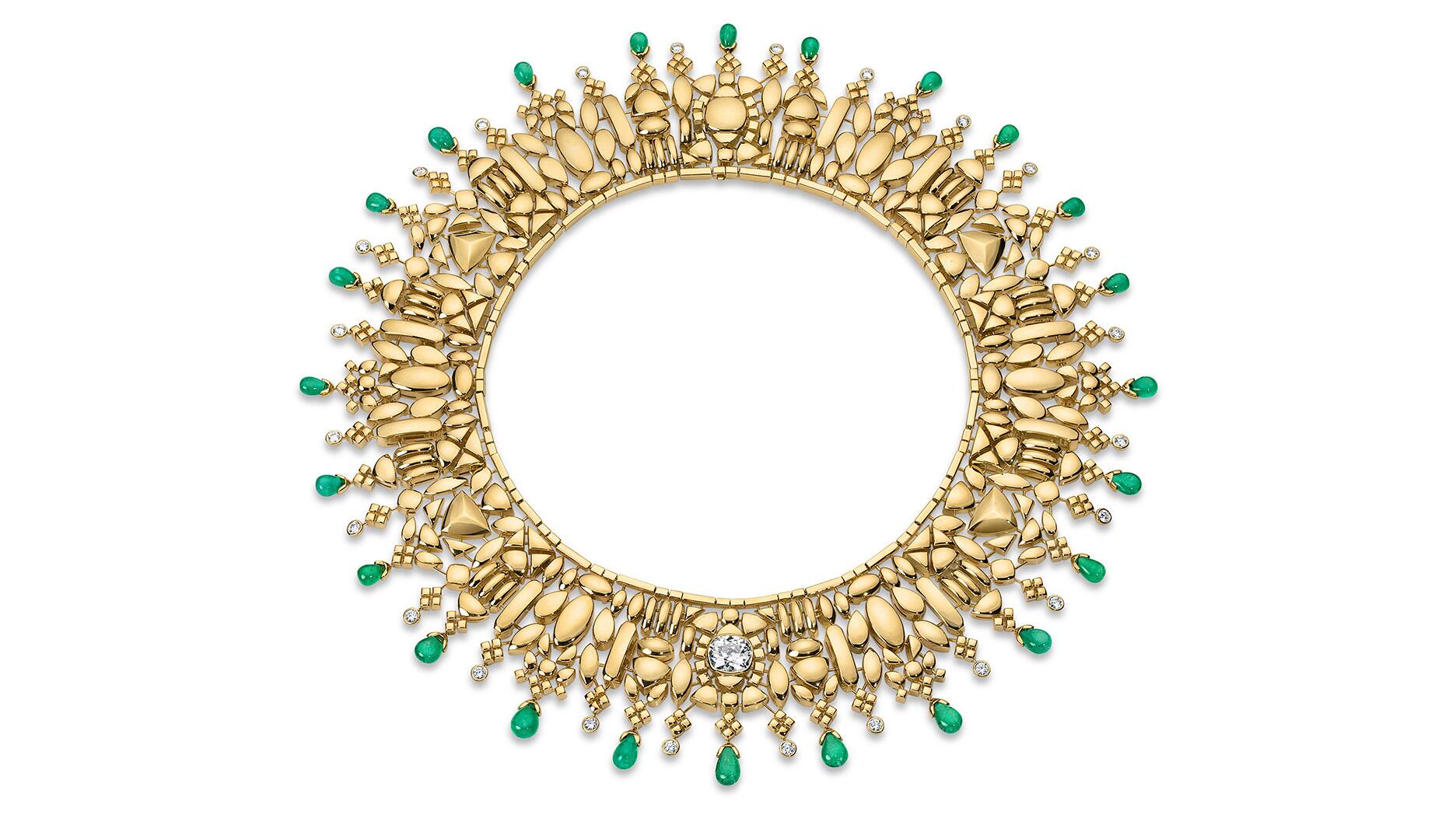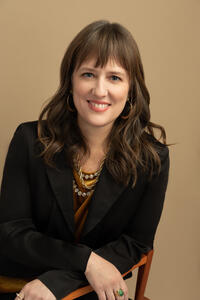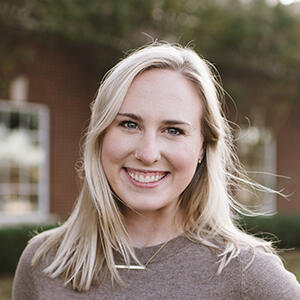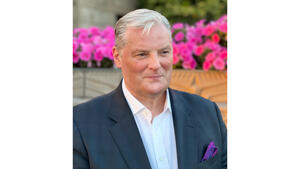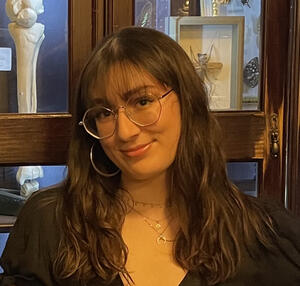Q&A: Wolf’s CEO Talks U.S. Expansion
Simon Wolf shares why the time was right to open a new office here, what he looks for in a retail partner, and why he loves U.S. consumers.
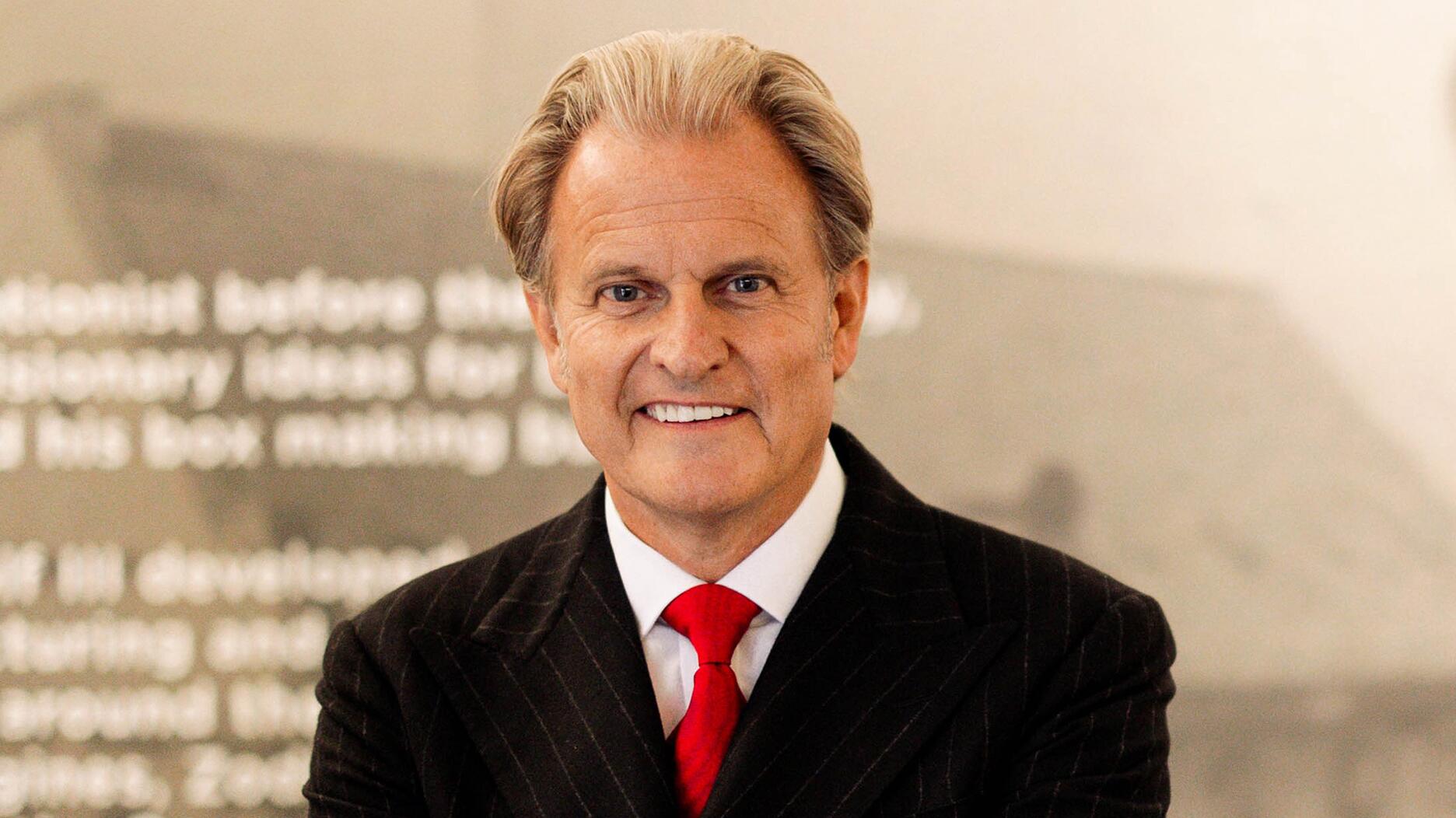
Located in El Segundo, California, the new office doubles as a showroom for consumers to take a look at the U.K-based brand’s jewelry boxes, watch-winding safes, and more.
Though it doesn’t have standalone stores in the United States, Wolf is carried by several well-established U.S. retailers, including Neiman Marcus, Bergdorf Goodman, Ben Bridge Jewelers, and Watches of Switzerland.
In a recent interview with National Jeweler, Wolf CEO Simon Wolf, the fifth-generation owner of the company, shared how the company stands out amid the competition, what it loves about its American customers, and the newness in store for this year.
This interview was conducted March 27 and has been edited for length and clarity.
Lenore Fedow: Why did you choose California as your home base for this new office?
Simon Wolf: The history of Wolf in America is quite a long one. I’m English, I’m British, and at the ripe old age of 22 [in 1988], I moved to Chicago. My father decided it would be a good idea for me to go across the pond and set up an office.
I was in the suburbs of Chicago for four years and then I moved to California. So, we moved the whole office to California.
I had a very small office and then I moved to a larger one on Pacific Coast Highway in Malibu and then downsized through some of the tougher times around 2006.
The office that we’re in now and the opening of it is a milestone for Wolf, because we’ve really reached a point of consciousness within the minds of the consumers that we sell to directly and indirectly through our retailer network.
We are able to do events now. We’re able to talk about the brand in a way [through social media and other platforms] where we can share our voice and our ideas and our products.
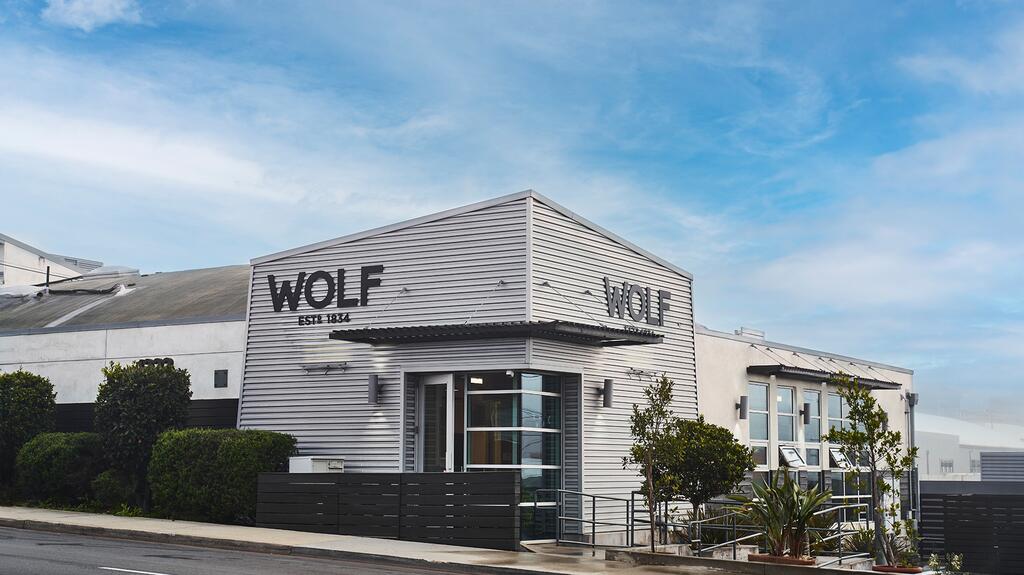
It’s just never been better, for good or for bad. This office is something I had always wanted to have—a “bow and truss” ceilinged building. I’m a carpenter, so I like wood, and it has this lovely energy.
We’re a design-led business. I’m the creative director. I have three designers in the L.A office. I have two here [in the U.K]. What we are doing always is being innovative and creative, and the space is better. It’s such a wonderful space for that.
We are opening our doors to consumers as well, so they are free and welcome to come.
It was really sort of a turning point for all of those reasons. And that’s why, making it the grand opening, we felt like, yeah, why not? You’re being born again all the time, so let’s do it again.
LF: You’ve all been around a long time. Why is now the time to start expanding in the U.S.?
SW: Shall I be very mundane? We had a warehouse office in Inglewood [California], and my lease was up.
But, you know, timing’s everything.
Last year was our 190th anniversary and we had huge celebrations throughout the whole year. We didn’t open this new office last year because we wanted to have something to celebrate in 2025.
It’s just that tumbling of timings in life that make it the perfect time to do it.
LF: When you look at your customers globally, what differentiates a U.S. shopper from a shopper elsewhere? What are we looking for?
SW: Oh, I love the Americans so much. You don’t think as much about the purchase, you just go get on and do it.
From a sort of a very high macro level, certainly culturally, the way each country is reflects the way they buy quite often.
The British, we’re not ditherers, but we kind of have to make sure everything’s right and everything’s polite.
The Germans, everything’s got to be examined, and we’ve got to know you very well and be your trusted person.
The Italians are more casual about the way they do things.
To go back to Americans, it’s where I really built the business. When I went over in 1988 until today, there’s a freedom to the way that people like to buy.
We were very ahead of the curve when we started doing e-commerce. We started with Neiman Marcus 20 years ago when [it] started. I’ve been able to put an item in the box and ship it the same day better than anybody in my world for many, many years.
The Americans adopted and embraced online shopping and still, I believe, really are the kings of it, the choice you have and the speed at which it gets delivered.
The experience that you get in an American shop, generally as an average across all of the 50-odd states, you do it very well and get very high marks.
You come to England and you go to London. We do it as well as New York or L.A. or Miami or Dallas or Chicago.
If you go outside to the more provincial areas of England, maybe it’s a little bit more old school but we like it like that, so that’s why some of the shops haven’t had a refit in 20 years. No one minds because it’s what they remember when they were a kid walking in.
LF: Is there a particular type of product U.S. customers gravitate towards? Is there something you all sell that’s super popular here?
SW: It’s a very interesting question because we are very fortunate. We’re a company that sells primarily an item that looks after your watch or an item that looks after your jewelry.
Now, we [also] do safes and cabinets and small leather goods.
When you focus on the core of the business, watch care and jewelry care, we don’t really have anything in particular that doesn’t sell well across all markets.
We’ve never taken the focus off of making beautiful boxes that do these wonderful things of storing jewelry and watches.
The only exception is when we did a collection of embroidered skulls called “Memento Mori,” which means to remember death, to awaken oneself to the [fact that] we’re alive. It’s more about being alive than dying.
The folks in the Philippines do not like skulls on anything, so we couldn’t sell it there. The other end of the scale is Mexico. They loved it. They were all over the collection.
We don’t really have something that works better in the U.S. than somewhere else, but we design from a blank piece of paper with inspiration of color and textures and fashion around us.
I lead that creative process as the creative head of the business and the design team. What we end up always designing is something that isn’t just a sort of a vagary that you would kind of like.
I don’t really need the 35-40 nice watches I’ve got. It’s about creating something for us that you actually need. You have watches, you have jewelry; you actually need a Wolf.
We create something that is functional, right? But it’s beautiful and made of original materials.
We’ve moved away from animal products. By next year, we will not use any at all. It’ll all be bio-based materials that we use.
LF: What do you think differentiates Wolf from some of the other high-end jewelry storage offerings?
SW: First, we have a story that’s an original. It’s 191 years [in business] this year. It’s five generations and I’m the fifth. We’ve stayed true to what my great-great-grandfather started, a craft in Hanau, Germany, in 1834.
We’ve never taken the focus off of making beautiful boxes that do these wonderful things of storing jewelry and watches. Where we are differentiated from the others is, when we make a jewelry case, we line the box with a fabric that’s been treated with LusterLoc, and that stops tarnishing.
(Developed by Wolf, LusterLoc is a patented technology that protects jewelry from tarnishing by absorbing air and preventing discoloration.)
We’re completely original when we design.
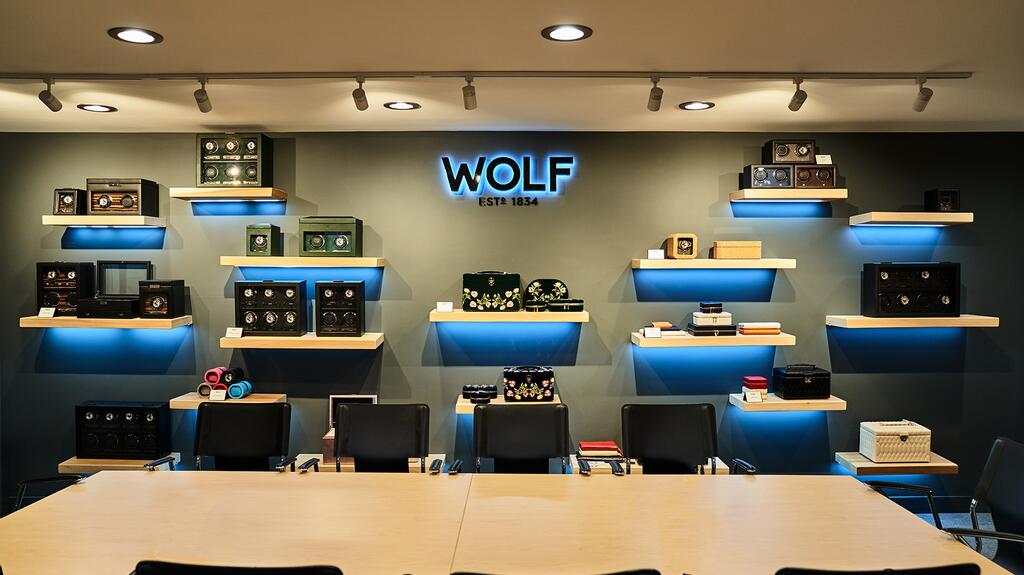
If we design a watch roll, we come up with the idea of watch guards so that the watches don’t bang into each other. Then we come up with another great innovation, which is a hidden capsule that slides inside the watch roll itself. And we have patents on all of these things, counting turns per day in watch winders.
We know exactly how many times your watch has been turned.
We give [customers] exactly what they want, which is what they need.
And those are the attributes that set us apart from everybody else—the originality, the amazing story, the functionality that is done in a very, very elegant way.
If you look at the inside of our jewelry boxes or a travel case, nothing will move around inside when you travel or when you organize. And that makes it very practical. If you pick up other products and move them around a little bit, everything will get tangled together.
That does not happen with a Wolf because we’ve thought about how compartments come together and panels separate, and you can organize your jewelry when you’re traveling and it makes a huge difference.
Without being too big-headed about it, it’s why we are the leader in what we do.
LF: Going back to the expansion, you work with a number of U.S. retailers. Are you looking for more partners?
SW: We work with Neiman Marcus and Saks and Nordstrom and lots of the big watch guys, whether it’s Ben Bridge or Watches of Switzerland. And we have super businesses with them.
Over all these decades, there are fewer department stores.
I grew up in America when there was a department store in every state that was a family-run business, whether it was the Higbee’s in Cleveland or whether it was a Famous-Barr in St. Louis or Marshall Field’s in Chicago.
It’s very much homogenized now, so it doesn’t afford brands like Wolf the ability to sell to lots of department stores because there aren’t as many players.
But we sell at the high-end and the nicest, Bergdorf as well as at independent retailers. There are probably quite a few more that we could sell at, but we’re pretty selective about who we like or who we want to sell with or sell to.
I wouldn’t say we’ve reached saturation and there’s always a changeover of retailers that [were] strong [and] they’re not now, or they’ve lost a brand and/or changed direction.
We are there for you and we’ll support you. Business changes and we’ll flex with that change, always.
LF: What do you look for in a retail partner?
SW: Oh, somebody who pays their bills.
It’s an openness. I have a very nice business. It’s been going a long time and it’s larger than it’s ever been. I have amazing people who work with me. We have a staff of plus or minus 60 people. I have salespeople all over America. I have agents all over Europe. I have distributors.
It sounds kind of glib, but everybody wants a nice relationship. I will have a relationship with a retailer so they see the value of what we are.
We are never going to be as big as some of their very large brands of jewelry and watches. I’m realistic. I realize that about our price points; even though they are quite high, we sell safes.
So, it’s really a relationship where they talk to us and we build something together and they see that what we do. It might not be the thing that is the biggest in the store in terms of their revenue, but it’s significant.
Once we get a home, a display or a shop-in-shop, we can really prove that because we have salespeople, whereas these other companies don’t. We have salespeople who will go in and see you, whether you’re in Idaho or Miami. [They will] train the sales associates and make it a success.
LF: Lastly, what’s in the works for Wolf this year? What can fans of the brand look forward to?
SW: We are quite secretive, so I can’t tell you the specifics.
We have three new jewelry [box] collections. We’re going to do some exciting events.
We have a collaboration with a British retailer whom everybody knows. They came to us a year and a half ago and said, “We’d love to do something with you.” We’re going to be launching that later in the year.
It’s a full lineup.
We’ve already launched some new products. We went to Maison & Objet in Paris, and we went to Vicenza in January as well.
We are rolling forward with a packed schedule for the year. Every quarter, we’re releasing at least two to three new products or collections.
The Latest

The heist happened in Lebec, California, in 2022 when a Brinks truck was transporting goods from one show in California to another.
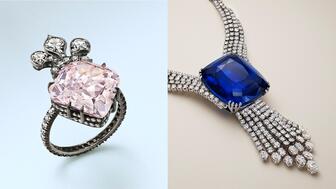
The 10-carat fancy purple-pink diamond with potential links to Marie Antoinette headlined the white-glove jewelry auction this week.
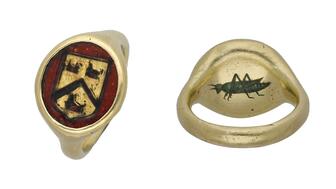
The historic signet ring exceeded its estimate at Noonans Mayfair’s jewelry auction this week.
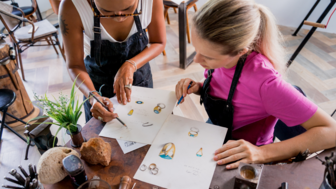
The Seymour & Evelyn Holtzman Bench Scholarship from Jewelers of America returns for a second year.
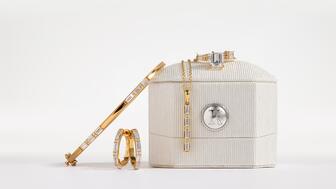
To mark the milestone, the brand is introducing new non-bridal fine jewelry designs for the first time in two decades.

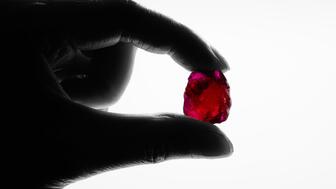
The gemstone is the third most valuable ruby to come out of the Montepuez mine, Gemfields said.
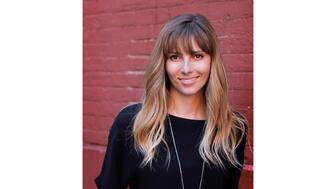
Founder and longtime CEO Ben Smithee will stay with the agency, transitioning into the role of founding partner and strategic advisor.
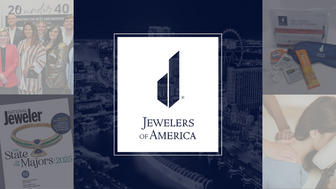
The countdown is on for the JCK Las Vegas Show and JA is pulling out all the stops.
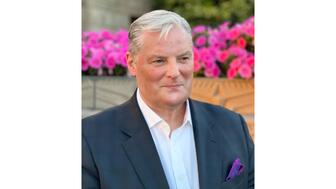
If you want to attract good salespeople and generate a stream of “sleeping money” for your jewelry store, then you are going to have to pay.
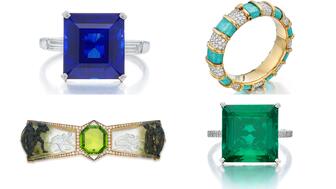
The top lot was a colorless Graff diamond, followed by a Burmese ruby necklace by Marcus & Co.

Gizzi, who has been in the industry since 2001, is now Jewelers of America’s senior vice president of corporate affairs.
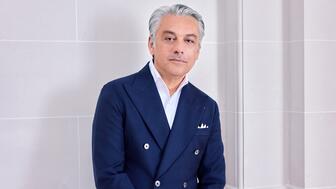
Luca de Meo, a 30-year veteran of the auto industry, will succeed longtime CEO François-Henri Pinault.
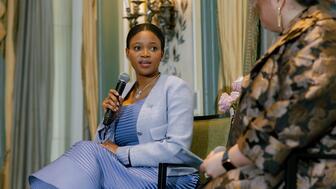
Following visits to Vegas and New York, Botswana’s minerals minister sat down with Michelle Graff to discuss the state of the diamond market.
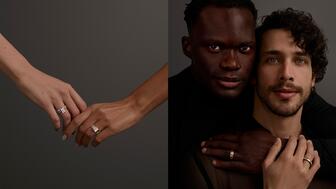
The “Your Love Has the Perfect Ring” campaign showcases the strength of love and need for inclusivity and representation, the jeweler said.

The former De Beers executive is the jewelry house’s new director of high jewelry for the Americas.

The New York Liberty forward is the first athlete to represent the Brooklyn-based jewelry brand.

Take a bite out of the 14-karat yellow gold “Fruits of Love Pear” earrings featuring peridots, diamond stems, and tsavorite leaves.
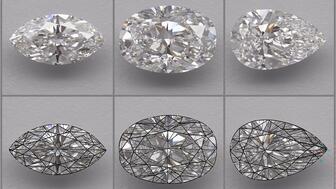
The one-day virtual event will feature speakers from De Beers, GIA, and Gemworld International.
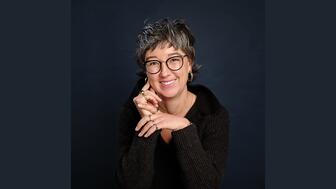
The California-based creative talks jewelry photography in the modern era and tackles FAQs about working with a pro for the first time.
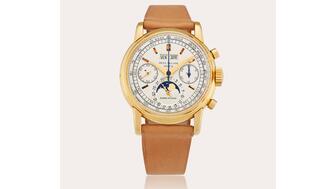
Al Capone’s pocket watch also found a buyer, though it went for less than half of what it did at auction four years ago.
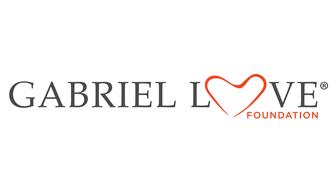
The foundation has also expanded its “Stronger Together” initiative with Jewelers for Children.
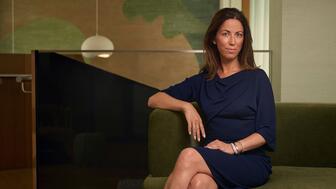
Assimon is the auction house’s new chief commercial officer.
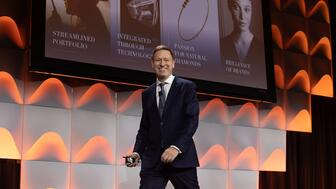
The De Beers Group CEO discusses the company’s new “beacon” program, the likelihood diamonds will be exempt from tariffs, and “Origin.”
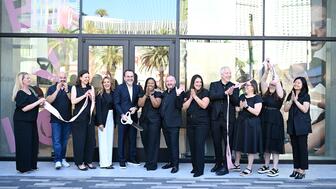
The Danish jewelry giant hosted its grand opening last weekend, complete with a Pandora pink roulette wheel.

Industry veteran Anoop Mehta is the new chairman and independent director of the IGI board.

The winners of the inaugural “Kering Generation Award x Jewelry” are student Lee Min Seo and China-based startup Ianyan.
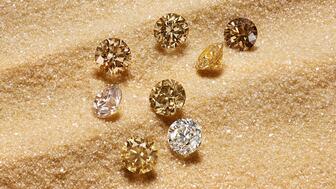
“Ombré Desert Diamonds” will emphasize cream-, champagne-, and brown-colored diamonds, shades that set natural stones apart from lab grown.
